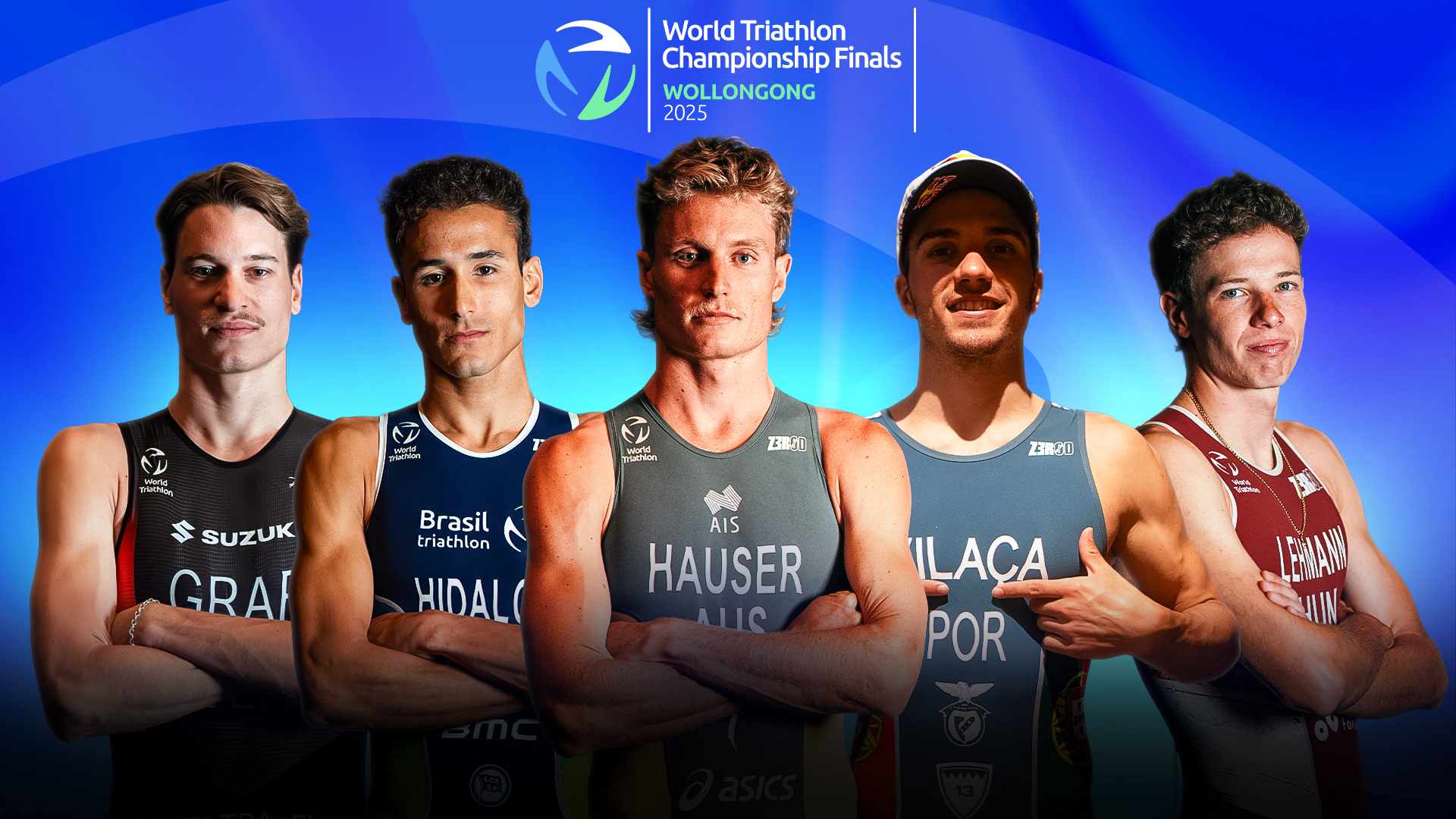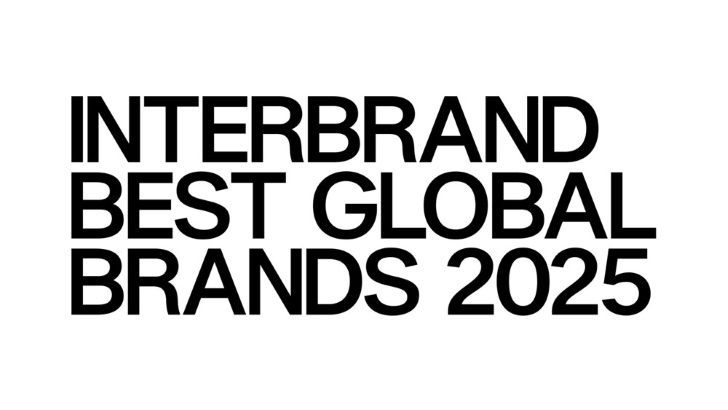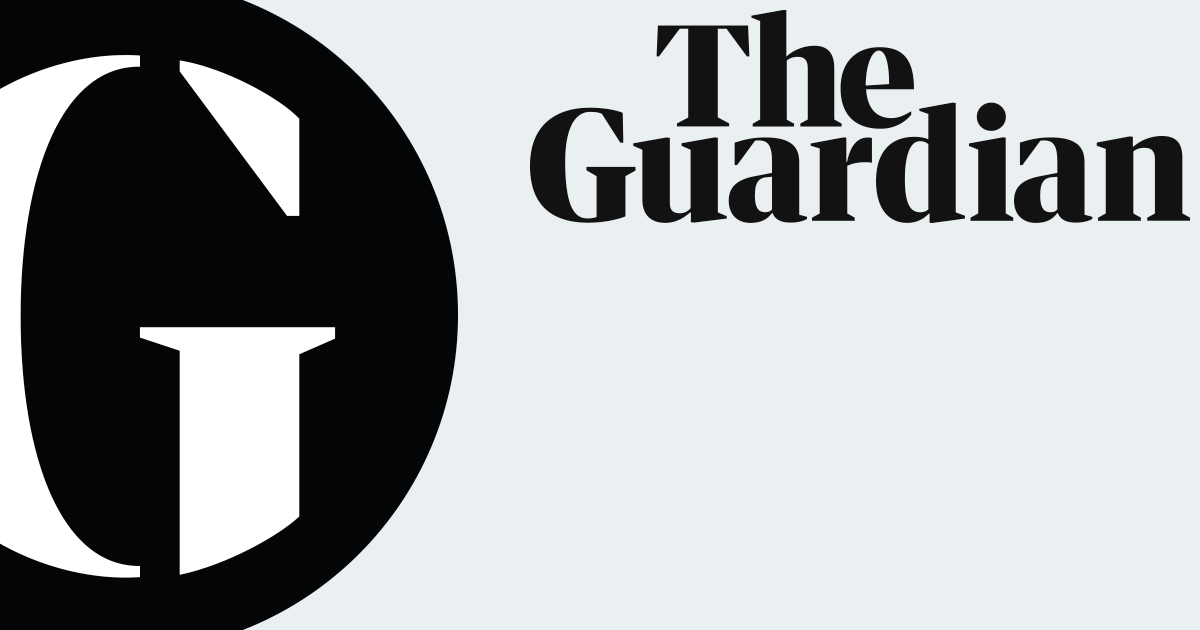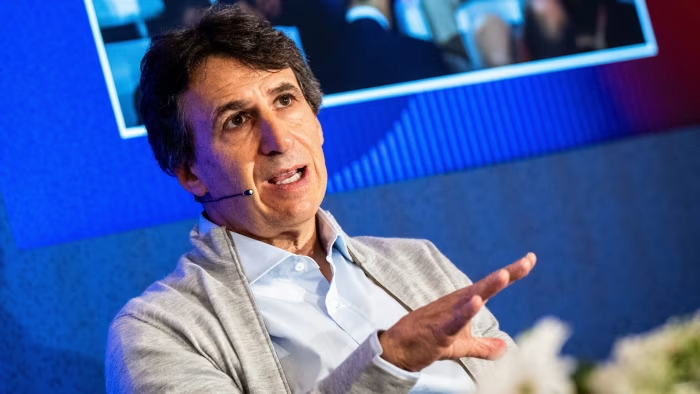Kendra Scott is the queen of #RushTok.
Though she herself is decades out of college, her Austin, Texas-based jewellery brand’s multi-coloured pendant necklaces and earrings are omnipresent in aspiring sorority girls’ outfit videos. Some are…

Kendra Scott is the queen of #RushTok.
Though she herself is decades out of college, her Austin, Texas-based jewellery brand’s multi-coloured pendant necklaces and earrings are omnipresent in aspiring sorority girls’ outfit videos. Some are…

While editors were preoccupied with designer debuts this season, for audiences at home, big-name celebrities continue to drive the bulk of social engagement from the Spring/Summer 2026 shows.
This season demonstrated that brands of all sizes are…

Even a small increase in body weight can quietly affect your health, placing strain on critical organs over time. Excess fat, particularly visceral fat around the abdomen, is closely linked to type 2 diabetes, heart disease, liver damage,…
This request seems a bit unusual, so we need to confirm that you’re human. Please press and hold the button until it turns completely green. Thank you for your cooperation!

October 15, 2025
Global venture capital (VC) investment rose from $112 billion in Q2’25 to $120 billion in Q3’25 — marking the fourth consecutive quarter of robust investment, according to the latest edition of Venture Pulse from KPMG Private Enterprise, a quarterly report tracking investment trends globally across major regions around the world.
The Americas led with $85.1 billion, while Asia saw muted investment at $16.8 billion. AI continued to dominate VC activity, with significant funding rounds for AI model development and applications. The US accounted for most of the VC investment in the Americas, while Europe saw solid growth. Global exit value climbed to $149.9 billion, the highest since Q4’21, driven by renewed IPO activity. Looking ahead to Q4’25, global VC investment is expected to remain stable, with AI continuing to dominate. Robotics and defensetech will also continue to be focus areas.
The last time the global VC market saw $100 billion+ in investment for four quarters in a row was between Q4’21 and Q3’22. While overall deal volume eased slightly — reflecting a typical seasonal slowdown across the Americas and Europe — the broader market trajectory remained positive. Investor sentiment strengthened steadily throughout the quarter, buoyed by renewed optimism around liquidity pathways and a gradual reopening of exit markets in the Americas and Asia.
During Q3’25, the focus of VC investors globally concentrated on large deals — with 10 megadeals valued at $1 billion or more. Eight of these deals occurred in the US, led by raises by Anthropic AI’s of $13billion and xAI’s $10 billion.
AI continued to dominate VC investment activity in other regions as well in Q3’25. In Europe, France-based Mistral raised $1.5 billion and UK-based Nscale raised $1.5 billion. In Asia, Australia-based Firmus raised A$330 million ($220 million), while China-based MiniMaxAI raised $300 million and South Korea-based Rebellions raised $244 million. In addition to startups engaged in foundational AI model development, venture capital investors worldwide demonstrated increasing interest in AI-powered applications and sector-specific innovations. Beyond AI, defense technology and space technology garnered significant attention during the quarter, largely due to persistent geopolitical tensions. Health technology, quantum computing, and alternative energy also maintained strong investor interest throughout Q3’25.
Regionally, the Americas led global VC investment, attracting $85.1 billion across 3,474 deals in Q3’25—more than 70% of the total funding seen globally during the quarter. Within the Americas, the United States accounted for $80.9 billion across 3,175 deals. Europe attracted the second-largest share of VC funding during the quarter—$17.4 billion across 1,625 deals—overtaking Asia, where VC investment remained somewhat sluggish at $16.8 billion across 2,310 deals.

He has been the outstanding male athlete of 2025, now Matt Hauser will want to see the campaign through in style on 19 October in Wollongong and become Australia’s first World Champion since Peter Robertson in 2005 and the first person to win a…

Samsung Electronics today announced it has been recognized by Interbrand, a global brand consultancy, as the 5th-ranked global brand for the sixth year in a row. Interbrand releases its list of “Best Global Brands” each year. For this year’s list, Samsung recorded a brand value of $90.5 billion, upholding its position as the only Asian company to remain in the global top five since 2020.
According to Interbrand, Samsung Electronics’ evaluation was positively influenced by:
“Through AI innovation and open collaboration, Samsung has worked to ensure that more customers can experience AI in their daily lives,” said Won-Jin Lee, President and Head of Global Marketing Office at Samsung Electronics. “Moving forward, we will continue to focus on benefits for customers including in health and safety so that Samsung can grow into an even more beloved brand.”
Under the vision of “Innovation for All,” Samsung consistently strives to make AI accessible to more customers worldwide.
This year, Samsung reinforced its leadership in mobile AI with the continued advancement of Galaxy AI, aiming to make it available on 400 million devices within the year driving the democratization of AI. In Consumer Electronics (CE), Samsung has expanded AI competitiveness by introducing AI technologies tailored to each product category, such as Vision AI and Bespoke AI.
Through open collaboration with diverse partners, Samsung has enhanced personalized AI experiences for customers, while also providing industry-leading security with Samsung Knox.
In semiconductors, Samsung has been addressing the growing demand for AI with a comprehensive portfolio across cloud, on-device and physical AI. This includes actively responding with advanced products including HBM, high-capacity DDR5, LPDDR5X and GDDR7.
Beyond AI, Samsung continues to enhance the accessibility of its products and services and drive sustainable innovation across all business divisions. This includes energy savings through energy-efficient appliances connected via SmartThings.
Mobile
Networks
Visual Display
Digital Appliances
Semiconductor
Interbrand’s Best Global Brands are ranked based on brand value evaluation, which involves a comprehensive analysis of the company’s financial performance and outlook, the influence of the brand on customer purchases and brand competitiveness (including strategy, empathy, differentiation, customer engagement, consistency, trust and more). The ranking is one of the world’s longest-standing brand value evaluations, widely recognized for its credibility.

SHENZHEN, CHINA –
Media OutReach Newswire – 15 October 2025 – OPPO has revealed its first look at ColorOS 16, the latest version of its mobile operating system, launching with the upcoming Find X9 Series. The update sets a new…

This series is supported through philanthropic funding to theguardian.org, a US-based foundation that partners with the Guardian on independent editorial projects.
All of the journalism is editorially independent, commissioned and produced by our…

Unlock the Editor’s Digest for free
Roula Khalaf, Editor of the FT, selects her favourite stories in this weekly newsletter.
Top US financiers have warned of an erosion in lending standards after credit markets were shaken by the collapse of First Brands Group and Tricolor Holdings.
Apollo Global Management chief executive Marc Rowan said the unravelling of the two businesses followed years in which lenders had sought out riskier borrowers.
“It does not surprise me that we are seeing late-cycle accidents,” Rowan said on Tuesday. “I think it’s a desire to win in a competitive market that sometimes leads to shortcuts.”
Last month’s failure of First Brands and subprime auto lender Tricolor has reverberated across credit markets and left investors such as Blackstone and PGIM, as well as major banks including Jefferies, nursing heavy losses.
It has also prompted further scrutiny of the private capital industry and the lack of transparency around borrowers, which tend to be highly levered with debt.
“In some of these more levered credits, there’s been a willingness to cut corners,” Rowan told the Financial Times Private Capital Summit in London.
Both Rowan and Blackstone president Jonathan Gray pointed the finger at banks for having amassed exposure to First Brands and Tricolor, but said the collapses were not signs of a systemic issue. “What’s interesting is both of those were bank-led processes,” Gray told the same FT conference, rejecting “100 per cent” the “idea that this was a canary in the coal mine” or a systemic problem.
Far from championing First Brands, Apollo went so far as to build a short position against debt linked to the group prior to its collapse, meaning it would profit if the company failed to repay loans. “Most of the announced holders of risk are, in fact, financial institutions,” said Rowan.
Banks and private capital firms have been at odds in recent years as businesses have increasingly turned to private credit for their borrowing needs. Traditional lenders have labelled the shift regulatory arbitrage and complained that non-bank financial institutions are too lightly regulated.
But First Brands and Tricolor have exposed how both sides are intertwined through complex financial structures that can obfuscate who holds the underwriting risk, especially as bank lenders aim to maintain their market share.
JPMorgan Chase chief executive Jamie Dimon echoed some of the concerns on Tuesday as the bank reported strong earnings that were marred by a $170mn hit from Tricolor’s collapse.
“My antenna goes up when things like that happen. I probably shouldn’t say this but when you see one cockroach there are probably more,” he said. “There clearly was, in my opinion, fraud involved in a bunch of these things, but that doesn’t mean we can’t improve our procedures,” he added, acknowledging that the Tricolor exposure “was not our finest moment”.
Meanwhile, the IMF on Tuesday called for regulators to focus on bank exposure to the sector, noting that “banks are increasingly lending to private credit funds because these loans often deliver higher returns on equity than traditional commercial and industrial lending”.